I’m coming with the most amazing black bear facts for kids including black bear diet, habitat, reproduction, and behavior. The American black bear (Urus americanus) is a subspecies of black bear that is endemic to North America. These animals are the smallest and the most widespread bears across the continent. Black bears are primarily omnivorous and their diet is largely determined by the seasonal changes and geographic location.
Black bears are known to reside mostly in forests; however they can leave them in pursuit of food. These bear species are seldom found near the human habitats the sole purpose of which is to find food. They are considered to be least concern species by IUCN.
Like many bear species, American black bears also leave the marks on trees with their powerful claws to communicate with their followers. These species are thought to have been evolved from common bear ancestors some 5.05 million years ago. The closest relatives of American black bears are Asiatic black bears.
Amazing Black Bear Facts For Kids
- The black bears have wide skulls together with slender muzzles and large jaws. The males have less narrow and sharp face as compared to the females.
- They have normally blackish-gray claws.
- The length of the foreclaws measure around 4.8 inches (12 cm).
- They are massive in physical strength.
- Even the black bear cubs are too much strong that they can easily flip aside the 310 – 325 pounds (140 – 147 kg) heavy rocks.
- Black bears are capable to run at a speed of about 25 – 30 mph (40 – 50 km/h).
- They have keen eyesight.
- The weight of the adult black bear measures around 57 – 250 kg (130 – 550 lb), with the female weighing around 41 – 170 kg (90 – 370 lb).
- The length of American black bears measure around 120 – 200 cm (47 – 79 inches), excluding tail.
- The shoulder height of these species measure around 70 – 105 cm (28 – 41 inches).
- The black bears have tails measuring 7.7 – 17.7 cm (3.0 – 7.0 inches).
- The largest black bear ever recorded was weighed around 500 kg (1,100 lb), with the length measuring at 2.4 meters (7.9 feet).
- Some of the black bears weigh around 363 kg (800 lb), with the larger species weigh about 431 – 453.5 kg (950 – 1,000 lb).
- The black bears’ skin is covered with dense long black hair but they are not as bushy as are in brown hairs.
- There are wide variety of sounds that these bears produce, some of which are growls, roars, bellows, and woofs.
- The black bears are strong territorial animals in that they mark trees with their claws and bodies to make it their territories.
- American black bears are also strong swimmers and they often climb on trees with ease either to escape from predators or for feeding.
- The adult species are nocturnal but the juveniles are diurnal and they remain active during daytime.
- They go into their den in the months of October and November.
- The period of hibernation lasts for about 3 – 5 months.
- During hibernation the heart rate of these animals descents from 40 – 50 beats per minute to 8 beats per minute.
- Black bears tend to spend most of their daytime in tree cavities, trunks, abandon burrows, caves and shallow depressions.
Read More: Polar Bear Liver
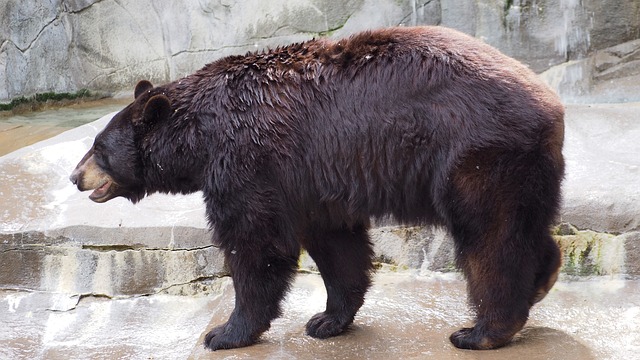 Reproduction | Black Bear Facts For Kids
Reproduction | Black Bear Facts For Kids
- The females are known as sows and they normally litter for their first time after 3 – 5 years.
- The breeding period ranges from June to July even though some species tend to breed in August.
- The breeding period lasts for about 2 – 3 weeks.
- The period of gestation lasts for about 235 days.
- In general, 2 cubs are born with the exception of 6 cubs.
- The weight of the juveniles at birth is around 10 – 16 ounces (280 – 450 grams), with the length measuring at 8 inches.
- These juveniles are blind right after their birth; however they’ll see after 28 – 40 days. They will learn to walk after one month.
- The juvenile will be staying with their mothers for about one month but they’ll be independent after 16 – 18 months.
- The maturity age is reaches after 3 years, and will become adult after 5 years.
- The average lifespan of black bears is 18 years in the wild, with the maximum age ever recorded was 31 years and 44 years in the wild and in captivity respectively.
Read More: How Do Polar Bears Adapt to their Environment?
What Do Black Bears Eat
The vegetation makes the bulk of the black bear’s diet in that they consume more than 85% of vegetation. Black bears normally eat shoots, shrubs, and other plants matter. They also consume nuts, fruits, berries, and buds. One of the most favorite black bears diet is honey and they do not care how many honey bees are there on the hive. Some other foods include insects such as ants, yellow-jackets, ant larvae, and bees. They also consume salmon, mule, white-tailed deer, elk calves, and moose.
Where Do Black Bears Live
In the previous times, black bears were all over the continent and were found in almost all the major forests of North America. These animals reside in much of the Canadian range except in Manitoba, farmlands of Alberta, and Saskatchewan. The total number of black bears accounts to 396,000 to 476,000. They inhabit all throughout the range of Rocky mountain region, northern Midwest, and west coast of Alaska.
Black Bear Facts For Kids | Video

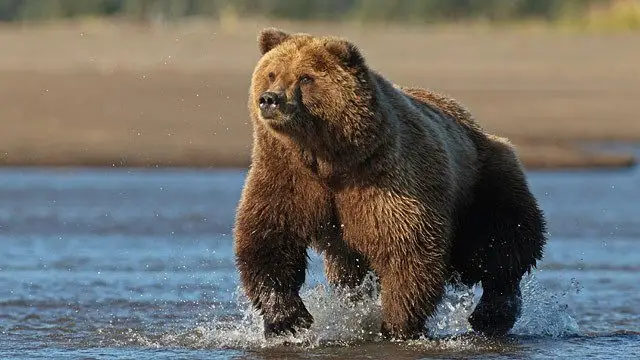
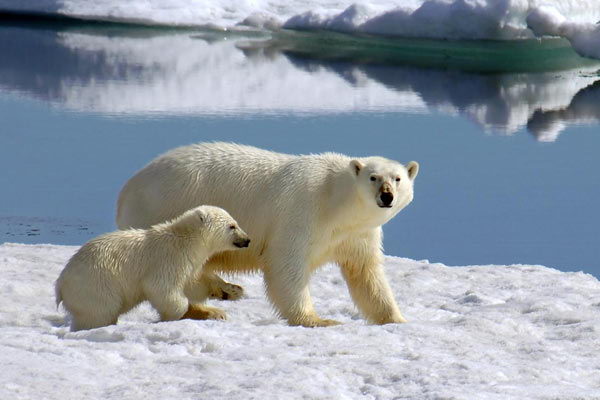

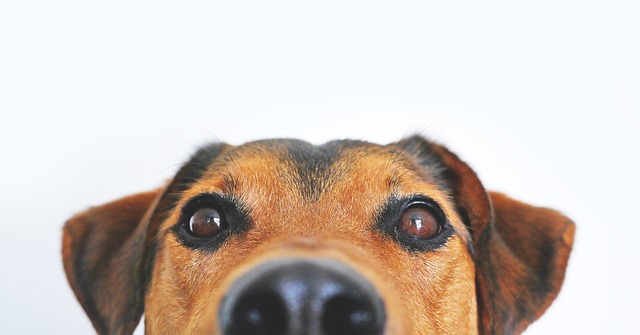
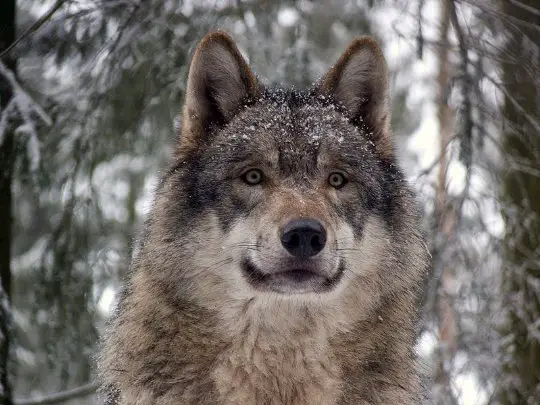
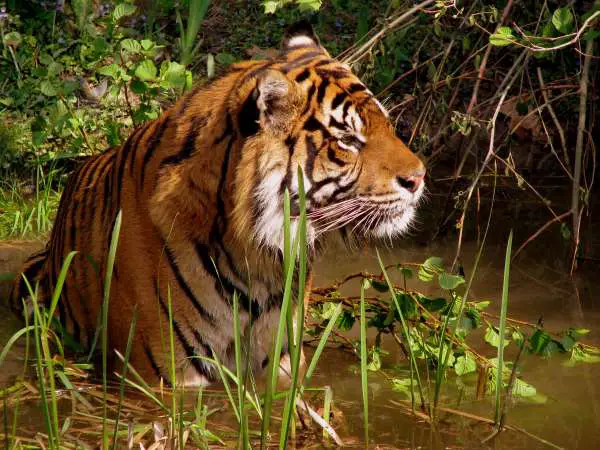
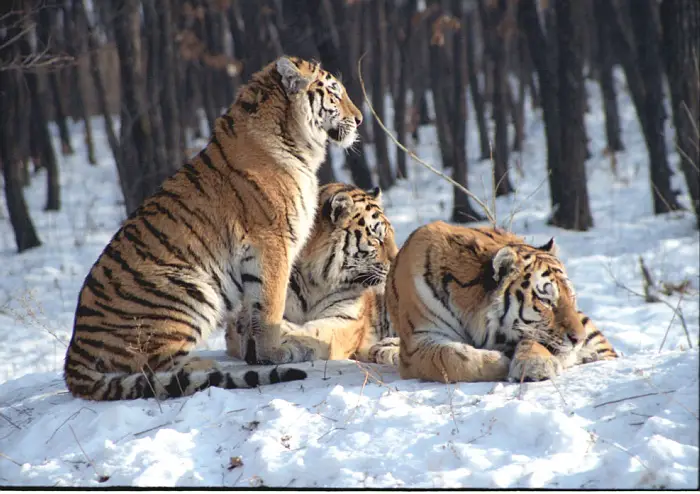

This is pretty cool
Omg